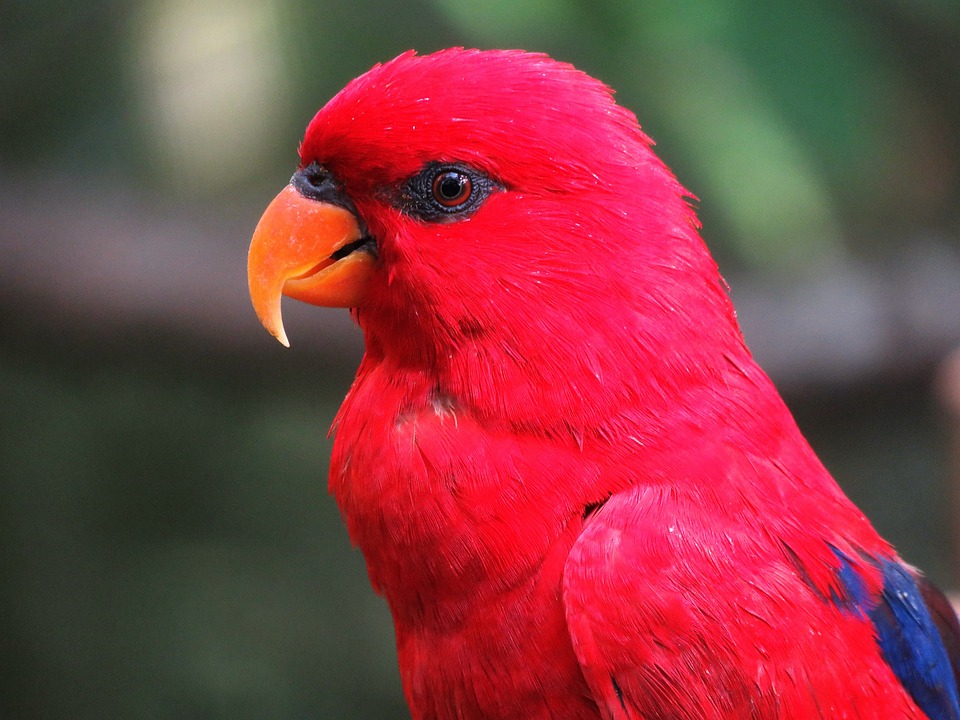Encouraging Independence During Out-of-Cage Time: A Guide for Parrot Owners
Do you want to foster independence and ensure a fulfilling out-of-cage experience for your beloved parrot? This comprehensive guide will provide you with valuable insights and tips on how to encourage independence during out-of-cage time while keeping your feathered friend engaged and mentally stimulated. Read on to learn more about this crucial aspect of parrot behavior and how it can positively impact your bird’s overall well-being.
Why is Encouraging Independence Important for Parrots?
Parrots are highly intelligent creatures that thrive on mental stimulation and social interaction. While it’s essential to establish a strong bond with your parrot, encouraging independence during out-of-cage time is equally crucial for several reasons:
1. Mental Stimulation: Allowing your parrot to explore and make choices independently helps stimulate their cognitive abilities and prevents boredom.
2. Physical Exercise: Out-of-cage time provides an opportunity for your parrot to stretch its wings, fly, climb, and engage in physical activities, promoting a healthy lifestyle.
3. Socialization: Encouraging independence helps your parrot develop social skills by interacting with its surroundings and potentially other birds or pets in a controlled environment.
Creating a Safe Out-of-Cage Environment
Before you begin encouraging independence during out-of-cage time, it’s crucial to ensure a safe environment for your parrot. Here are a few key considerations:
1. Remove Potential Hazards: Remove toxic plants, electrical cords, and any small objects that could be harmful if ingested or pose a choking hazard.
2. Secure Windows and Doors: Ensure windows and doors are securely closed or screened to prevent accidental escapes.
3. Eliminate Dangers: Cover mirrors or reflective surfaces to avoid potential aggression or confusion, and remove any open flames or hot surfaces that could harm your parrot.
4. Designate a Parrot-Proof Area: Create a designated space or room where your parrot can explore safely, free from other pets or potential dangers.
Gradual Introduction to Out-of-Cage Time
Parrots, especially those not accustomed to regular out-of-cage time, may initially be apprehensive or cautious. Follow these steps to ensure a smooth transition and build your parrot’s confidence:
1. Start with Short Sessions: Begin with short, supervised out-of-cage sessions, gradually increasing the duration as your parrot becomes more comfortable.
2. Choose a Familiar Environment: Initially, allow your parrot to explore a smaller, familiar space within your home, such as a playstand or a parrot-proofed room.
3. Provide Positive Reinforcement: Encourage your parrot with praise, treats, or favorite toys whenever it ventures out of its cage, reinforcing the idea that out-of-cage time is rewarding and enjoyable.
4. Observe Body Language: Pay attention to your parrot’s body language during out-of-cage time. If it appears anxious or stressed, provide reassurance and consider scaling back the session length.
Engaging Activities to Promote Independence
To make out-of-cage time engaging and mentally stimulating for your parrot, try incorporating these activities:
1. Foraging Opportunities: Set up foraging toys or puzzles that encourage your parrot to search for treats or toys, mimicking their natural instinct to forage for food in the wild.
2. Play with Interactive Toys: Provide a variety of toys that promote problem-solving, such as puzzle toys or toys that require manipulation to release treats.
3. Rotate Toys Regularly: Introduce new toys regularly to prevent boredom and keep your parrot engaged during out-of-cage time.
4. Flight and Exercise: If possible, create a safe space that allows your parrot to engage in flight and exercise, such as a large enclosed aviary or a parrot-proofed room with ample perches and climbing opportunities.
5. Socialization Opportunities: Arrange supervised playdates with other parrots or provide opportunities for social interaction with you or other family members.
FAQs about Encouraging Independence During Out-of-Cage Time
Q: How long should I allow my parrot to be out of its cage each day?
A: The duration of out-of-cage time varies depending on your parrot’s needs and comfort level. Start with short sessions of 15-30 minutes and gradually increase the duration to 1-2 hours per day.
Q: Can I leave my parrot unsupervised during out-of-cage time?
A: It is generally recommended to supervise your parrot during out-of-cage time to ensure its safety and to prevent any potential accidents or escapes. However, once your parrot becomes more independent and confident, short periods of supervised alone time may be acceptable.
Q: My parrot seems hesitant to venture outside its cage. What should I do?
A: Be patient and provide positive reinforcement when your parrot takes small steps towards exploring outside the cage. Use treats, praise, or favorite toys to encourage and reward its bravery. Gradually increase the distance from the cage as your parrot gains confidence.
Q: Are there any specific toys I should avoid during out-of-cage time?
A: Avoid toys with small or easily detachable parts that could be ingested or pose a choking hazard. Ensure the toys are made from safe materials and do not contain any toxic substances.
Remember, each parrot is unique, and it’s essential to observe and understand your bird’s behavior and preferences to tailor the out-of-cage experience accordingly. By encouraging independence during out-of-cage time and providing a stimulating environment, you can create a fulfilling and enriching experience for your beloved parrot.









